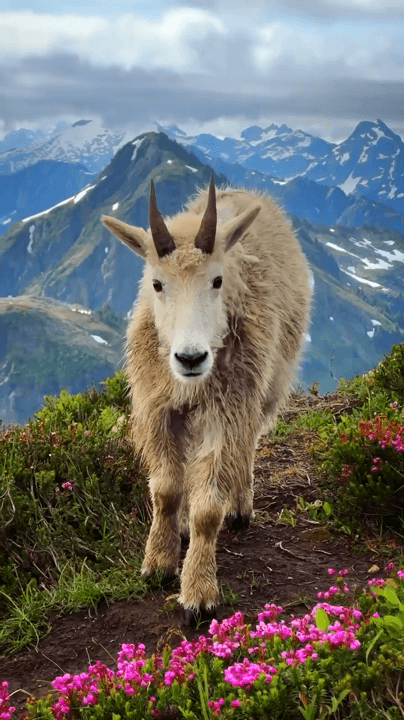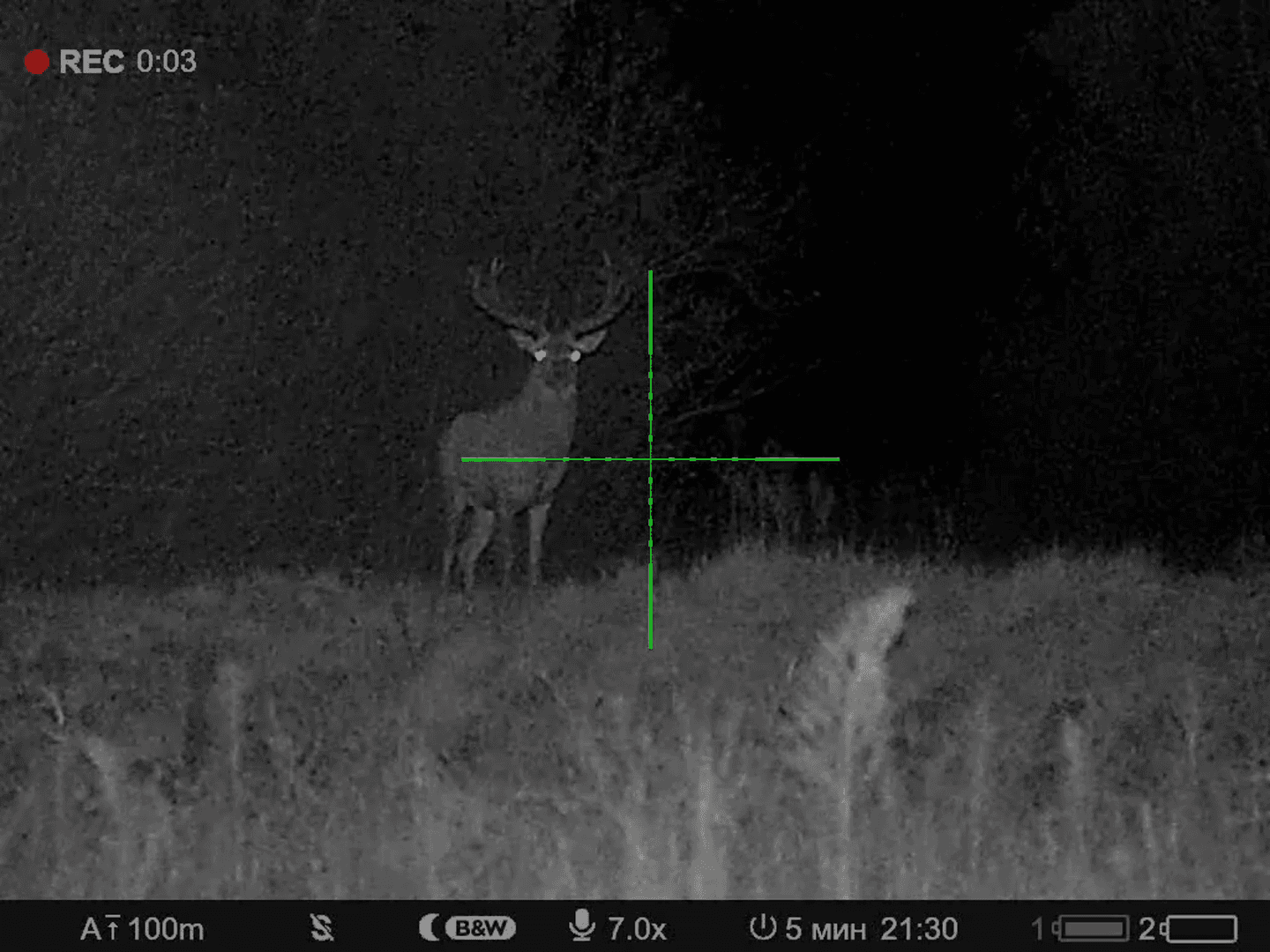
Faroe Islanders are capping the number of dolphins they kill - but campaigners say it won’t save any The Faroe Islands is capping the number of dolphins that can be killed in its traditional hunt, after last year’s slaughter of more than 1,400 drew international condemnation. Under the four-centuries-old tradition, sea mammals are driven into shallow waters around the North Atlantic archipelago by motorboats, before being butchered for their meat and blubber. Now whalers will only be able to catch 500 Atlantic white-sided dolphins a year as part of the ‘grindadráp’ hunt, which takes place between July and September. The government on the semi-independent Danish islands announced the capping measure on Sunday, saying it was “in response to the unusually large catch” on 14 September 2021. “Aspects of that catch were not satisfactory, in particular the unusually large number of dolphins killed,” the government said in a statement. This, it says, “is unlikely to be a sustainable level
Post: 3 August 14:47















































